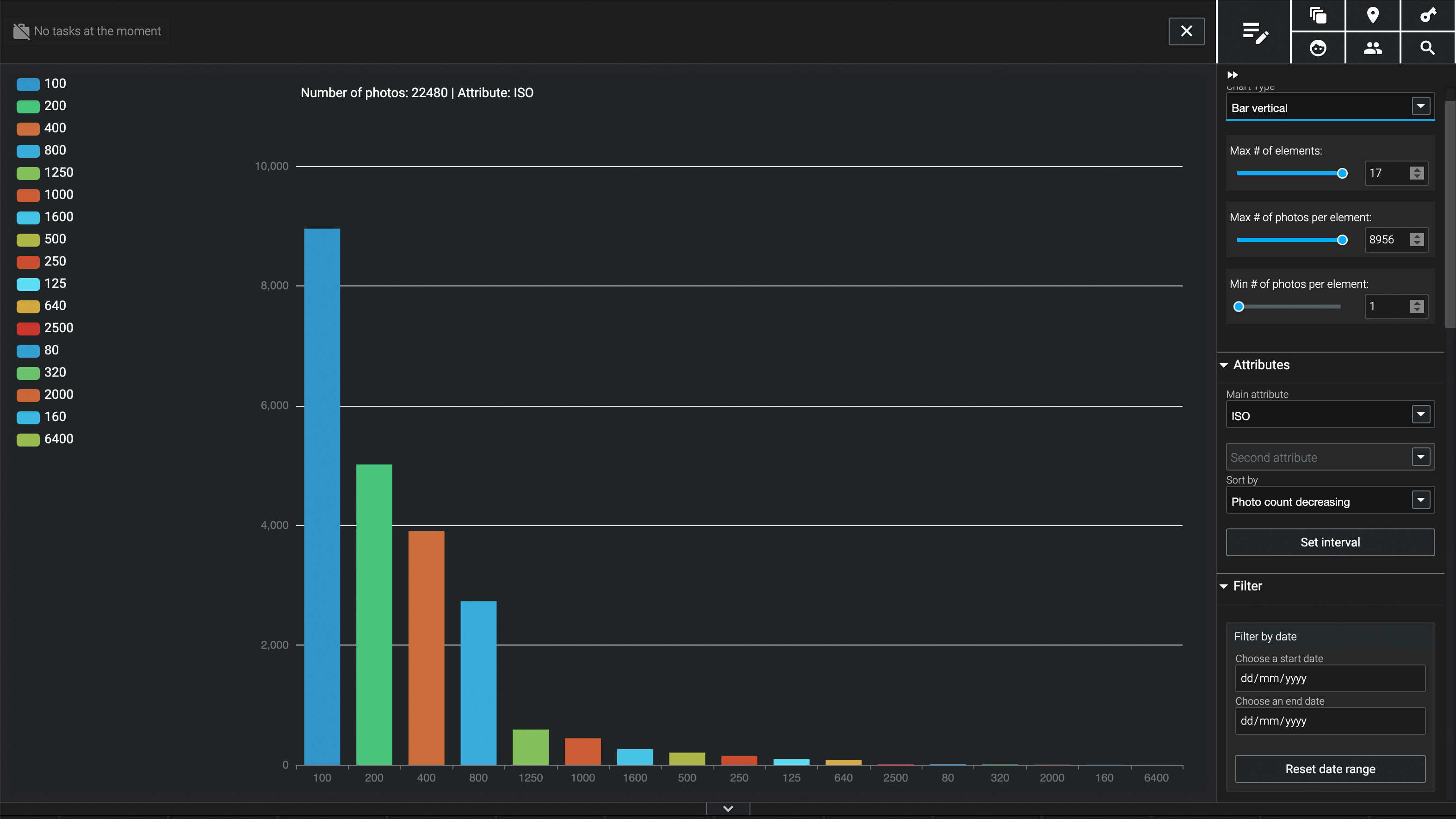Best light meter for photography in 2025
Handheld light meters aren't just a relic of the past, they do things your camera’s built-in light meter can't and are a vintage film photography staple

Handheld light meters used to be a photography staple, but as cameras with built-in light meters became both more prevalent and reliable, these devices became increasingly obsolete for everyday use. As the digital revolution began to rival film, photographers began to rely on playback screens, ‘blinkies’, and histograms for exposure feedback. Today’s mirrorless cameras have made it easier than ever to keep tabs on your exposure, thanks to electronic viewfinders that preview exposure in real time. And yet, in 2025, the best light meters aren’t only resigned to the photo studio as a fallback when dealing with complicated lighting setups.
The rise and rise of the best film cameras has helped revive the ailing handheld light meter as photographers find themselves unable to rely upon digital mod cons. Not all vintage cameras have built-in light meters and even those that do can be unreliable. I’ve become a bit of a film fan in recent years and I think a portable light meter that can – at the very least – measure reflected light, such as the Voigtlander VC Speed Meter II or TTArtisan Light Meter II, is a great investment. I’m pleased to say that I end up with more accurately exposed images, which means more keepers, and less wastage, crucial when rattling through rolls of the best film for 35mm cameras, which can be mighty expensive.
But the best light meters often offer more than just reflected light measurements (light that bounces off objects in the scene). Take the Sekonic L-208 Twin Mate and Sekonic L-398A Studio Deluxe III for example. These light meters can measure incident lighting, which is the light that’s falling directly onto your subject, allowing for a far more accurate exposure reading than even modern in-built light meters.
An area of photography where the best light meters have never been considered redundant is the photo studio. Light meters that can measure flash lighting are more accurate than TTL metering, making them a powerful tool when balancing multi-light setups. The Sekonic L-308X Flashmate is arguably the most popular flash-capable light meter, but it’s suitable for ambient lighting too, making it my top pick for a 'do-it-all' light meter at a reasonable price.
Light meters also come in handy for DIY photographic projects such as building a pinhole camera or if you're using a vintage lens that won’t communicate with your camera. How to use a light meter might sound daunting for newbies, but once you introduce one into your workflow, you'll find that the best light meters really aren't that difficult to use.
So, here's my guide to the best light meters on the market right now and how I'd recommend using them...

I’m Digital Camera World’s How To Editor, which means I spend most of my time writing photography tutorials across every genre you can imagine. And that includes one of my photography passions, film photography. So not only have I reviewed a variety of light meters for this guide, but I use one regularly, too!
Quick list

Best for most people
Offering many settings and features this is the best for most photographers
Read more below

Best for remote work
With no batteries required, this is the best light meter to take with you on remote assignments
Read more below
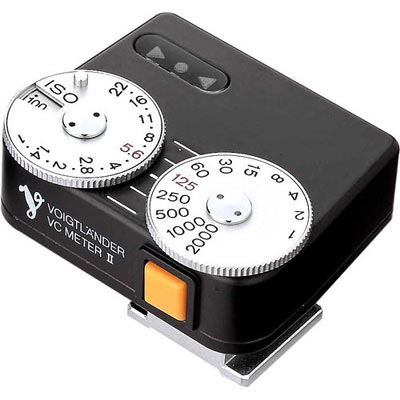
Best for film
A great little light meter that works great for film photographers via mounting on to any cold shoe or hot shoe.

Best budget
A budget alternative to the Voigtlander VC Speed Meter II, this little light meter is a great solution for those looking for simplicity and value.
Read more below
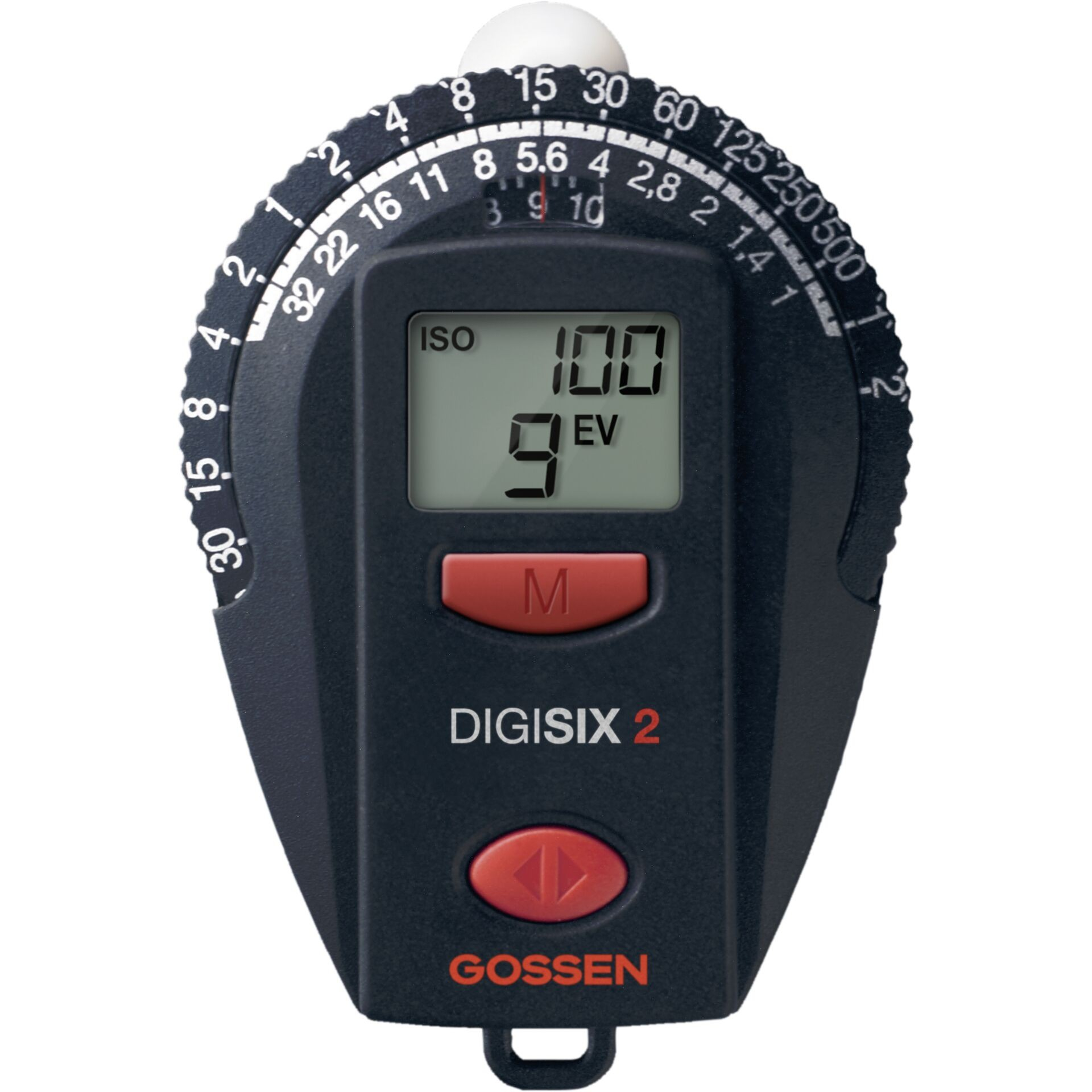
Best for beginners
This lightweight and user-friendly light meter is perfect for beginners just starting out in photography.
Read more below

Best retro
Giving full retro vibes this light meter measures reflected and incident light, but it won't help you with flash settings
Read more below
The best light meters
Why you can trust Digital Camera World
Best for most people

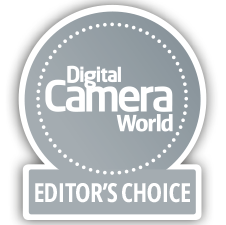
Specifications
Reasons to buy
Reasons to avoid
✅ Versatile metering: You won’t find a more reliable one-stop-shop for metering light in this price range. Reflected, incident, and flash metering are all covered, it’s suitable for stills and video, while you can expand the functionality further via the optional lumidisc.
✅ Cine metering: A big upgrade over the previous Sekonic L-308S is the Sekonic L-308X’s ability to meter lighting for cinematography, adding much-needed versatility for content creators.
❌ Not beginner-friendly: The wealth of functions does make this a more daunting light meter for novices.
❌ Lumidisc sold separately: If you want to measure lux, footcandles, or contrast, you’ll have to purchase the aftermarket lumidisc.
If you're looking for a light meter that covers all the main bases, isn't too bulky, and is comparatively good value, then the Sekonic Flashmate L-308X is an easy recommendation. It'll cover you for reflected, incident, and flash metering and is primed for both photography and video use (a welcome upgrade over the previous L-308S).
And while its feature set isn’t as extensive as a pro-grade unit, like the Sekonic L-858D Speedmaster, it’ll slip right in your back pocket when not in use. Perhaps the most off-putting thing about the Sekonic L-308X is that it’s rather ugly in comparison to some of the more retro offerings on this list. But what it lacks in style it more than makes up for in functionality. The presence of an LCD screen is a big upgrade for professional users who value ease of use and precision over busy analog dials.
It’s a shame the lumidisc – used to measure lux, footcandles, and contrast – isn’t included, but the sliding lumisphere is a nice feature, making it simple to switch between light-metering modes. But this meter really comes into its own when measuring flash setups. It’s particularly handy when balancing multiple lights, especially if you’re trying to accurately stop one light up or down in relation to another.
And above all, as I’ve come to expect with Sekonic light meters, it’s accurate. The Sekonic L-308X truly is a light-meter multi-tool.
See our full Sekonic L-308X review
Best for remote work
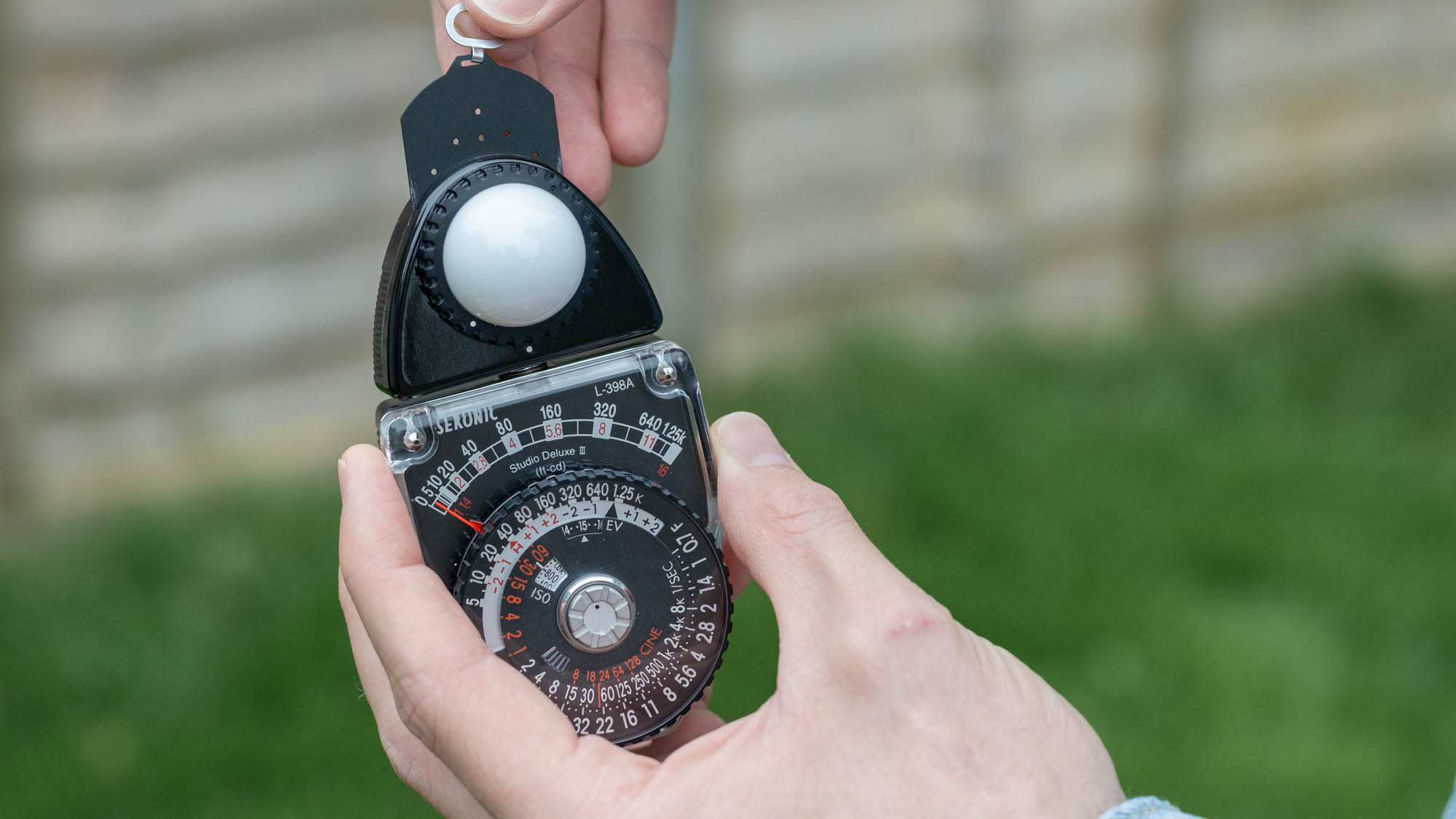
Specifications
Reasons to buy
Reasons to avoid
✅ Battery-free operation: Uses an amorphous silicon photocell, so no batteries are required, making it hassle-free and environmentally friendly.
✅ Premium build quality: This is an extremely well-built light meter that feels reassuringly sturdy and weighty in the hand. That said, it’s not the most portable.
❌ No flash metering: Lacks the ability to meter flash, which could be a drawback for some users.
❌ Not cheap: The build quality and that clever amorphous photosensor does come at a price. The Sekonic L-398A Studio Deluxe III is a similar price to the more feature-rich and reliable Sekonic Flashmate L-308X.
The Sekonic L-398A Studio Deluxe III is a piece of history – so much so that it was the basis of Sekonic's special edition 70th anniversary commemorative light meter. It's my pick for photographers always on the go because it doesn’t require a battery, meaning you’ll never be caught out, no matter where you’re headed. And if you’re into retro photography gear, you’ve likely already earmarked this light meter, because as far as these light-measuring accessories go, it’s arguably the coolest-looking one on the market.
But while the amorphous photosensor negates the need for a battery, it does hamper the light meter’s effectiveness in low-light situations, since the passive solar cell requires light for power. That said, it’ll work reliably in normal lighting conditions. Its retro design also makes it a little more fiddly than more modern options, as you swap between the lumisphere, lumigrid, and lumidisc to perform different functions. However, this is also part of its retro charm.
Where this light meter really excels is its build quality. From the dials to the overall build, everything feels extremely robust. And with a swivelling head, you can point the light-receiving element in any direction, while still being able to view the analog interface. You can also use it to calculate the correct aperture for a given framerate, making it a useful tool for videographers.
Ultimately, the Sekonic Studio Deluxe III L-398A isn’t for everyone, but for the right content creator, it’s an absolute classic.
Read our full Sekonic Studio Deluxe III L-398A review
Best for film


3. Voigtlander VC Speed Meter II
Specifications
Reasons to buy
Reasons to avoid
✅ Hotshoe-mounted: Conveniently mounts onto a camera's hot shoe and works seamlessly.
✅ User-friendly: The beauty of this light meter is its simplicity. It’ll appeal to seasoned light meter users and newcomers alike.
❌ No flash or incident metering: The Voigtlander VC Speed Meter II only measures reflected light, so it’s not suitable for those who require incident and flash metering.
❌ Battery type: Powered by LR44/SR44 batteries, which can be more difficult to find.
A light meter can be a pretty simple device to do a simple job. There are hugely complex light meters out there, like the Sekonic L-858D Speedmaster a little further down this list, but if you have a feeling you need something more straightforward, I'd happily recommend the Voigtlander VC Speed Meter II.
This legendary little meter is obviously the inspiration for the TTArtisan Light Meter that’s also on this list. But it’s universally agreed that the Voigtlander comes out on top when it comes to accuracy and build quality.
Weighing just 42g, this little device mounts onto your hot shoe and will sit there quite contentedly. There's no pairing or connection, so it'll work with analog cameras as well as digital. Anyone who is familiar with the ins and outs of exposure can probably guess how it works from looking at the aperture and shutter speed dials – set them to your desired exposure settings, take a reading, and adjust until you get a green light.
There's no flash metering, and it's powered by LR44/SR44 batteries, which can be harder to get hold of. But this is a great hot shoe meter for users of all types of camera.
Best budget
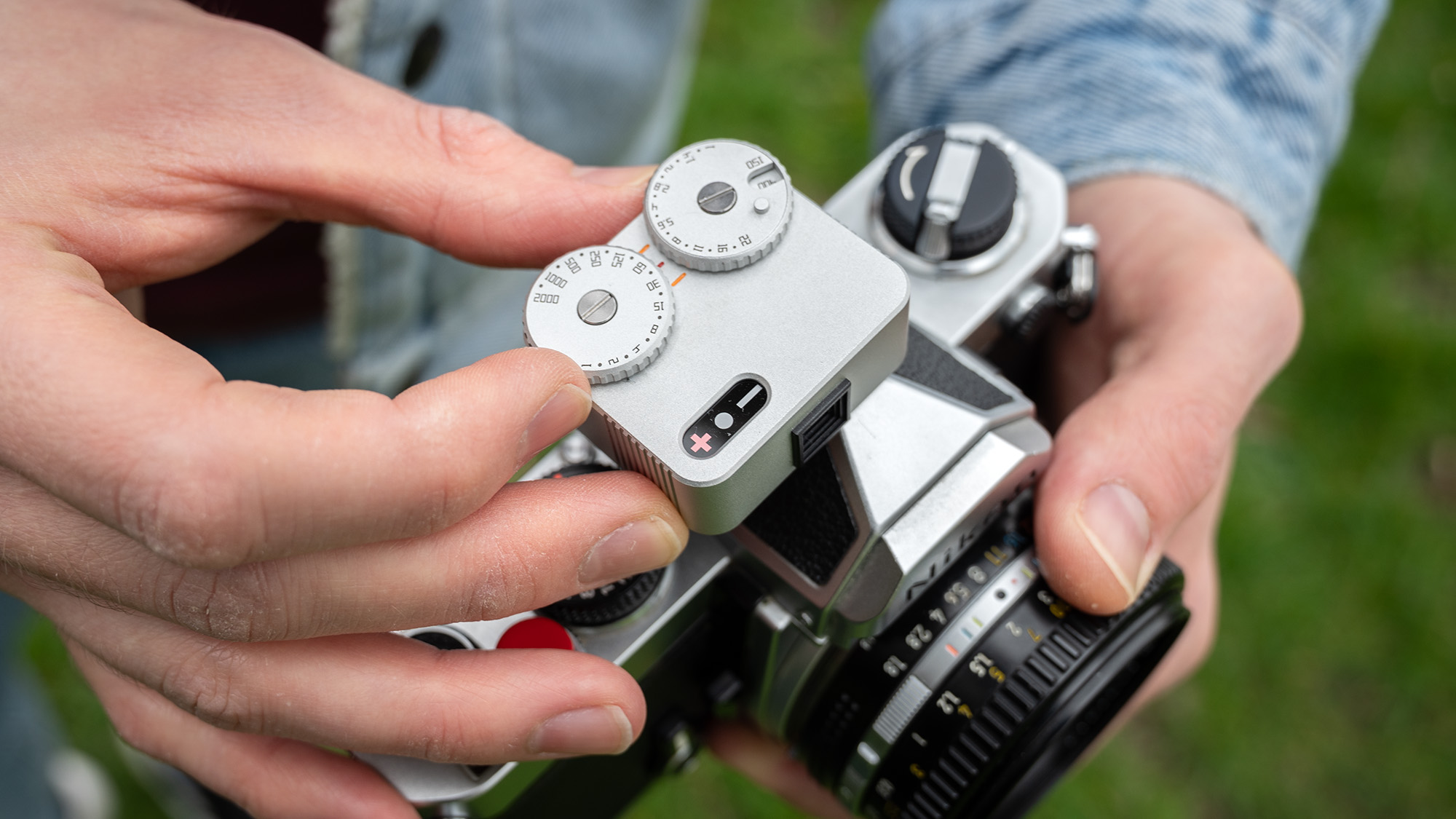
Specifications
Reasons to buy
Reasons to avoid
✅ Simple controls: Straightforward ISO, aperture and shutter speed dials are easy to use and grasp.
✅ Easy exposure guidance: Plus and minus LED exposure indicators allow you to gauge exposure at a glance.
❌ Not the best build quality: You get what you pay for and the TTArtisan Light Meter isn’t as robust as other light meters on this list.
❌ LED lights aren't very bright: The LED exposure indicators look bright enough indoors or in the shade, but they can be very difficult to see in sunlight.
The TTArtisan Light Meter II is a step up from the previous incarnation, providing more accurate measurements. And while it doesn’t boast the best build quality on my list – the ISO dial is a bit fiddly, and the LED light indicators could be brighter – it still deserves its inclusion thanks to its incredible value.
It’s by far the cheapest light meter here and will get you where you need to go (if not in style). It even rivals the Gossen Digisix 2 as the best light meter for beginners, since it’s extremely easy to use. You have three dials to set ISO, aperture, and shutter speed, a single button that both powers on the device and takes a reading, and simple minus, dot, and plus LED indicators to register underexposure, correct exposure, and overexposure, respectively.
Since it’s only a reflected meter, there’s really nothing else to it. If that all sounds good to you, but you’re looking for a more premium product, you could opt for the Voigtlander VC Meter II, which the TTArtisans Light Meter II is surely based on. But if you’re new to the world of light meters and want an easy-to-use reflected device at a decent price – especially for film camera use – I can heartily recommend the TTArtisans Light Meter II.
Read my full TTArtisan Light Meter II review
Best for beginners
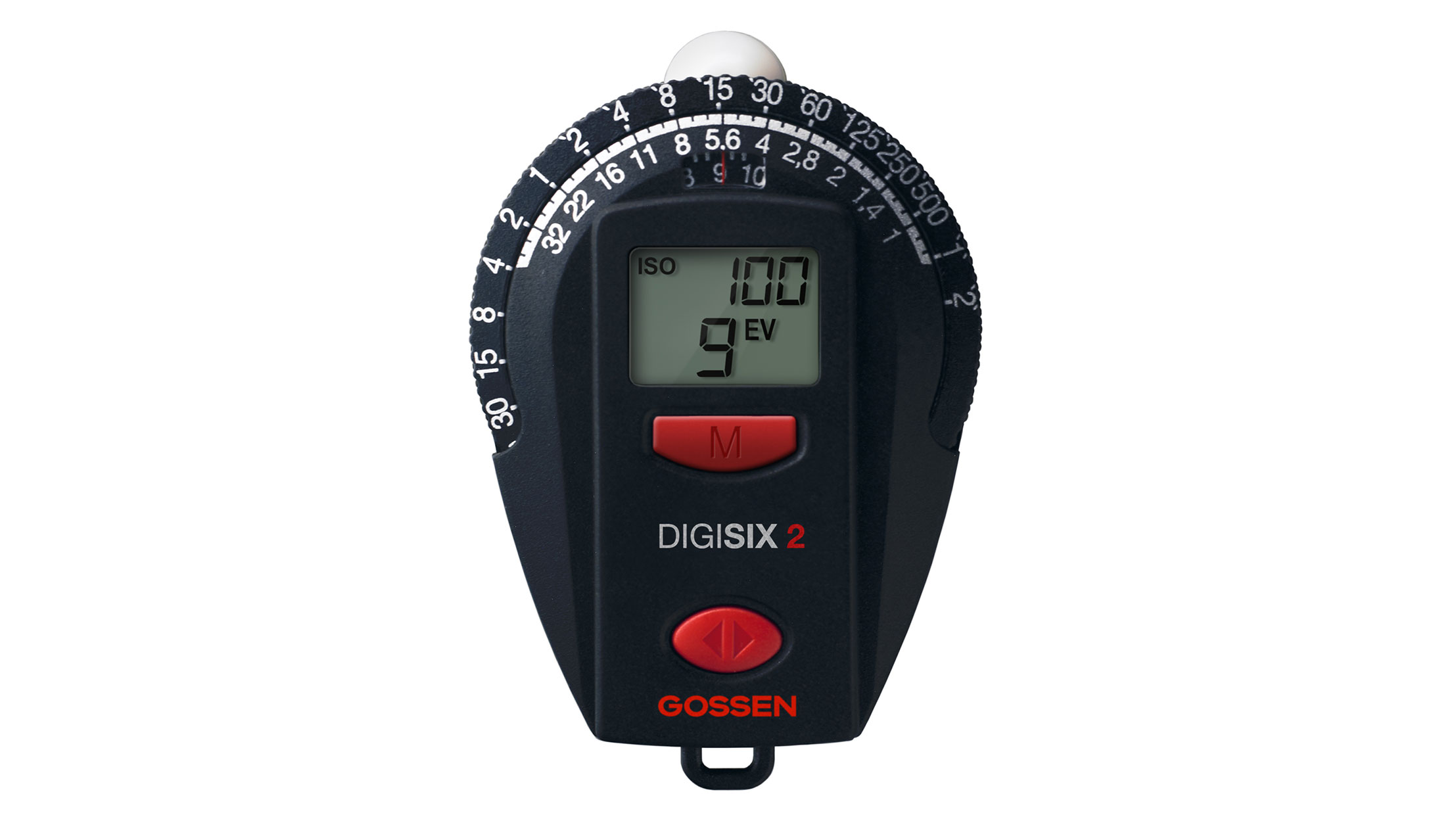
5. Gossen Digisix 2
Specifications
Reasons to buy
Reasons to avoid
✅ Dual metering: Offers both reflected light readings over a 25-degree angle and incident readings with a sliding translucent dome.
✅ Lightweight and portable: Weighs just 40g
❌ Manual EV transfer: Displays EV values that need to be transferred to an external dial for shutter speed and aperture combinations.
❌ Limited availability: Hard to find outside the US.
Weighing just 40g, the Digisix 2 is small enough to fit in a shirt your trouser pocket or hang around your neck via a small strap loop in the base. It offers reflected light readings over a 25 degree angle and incident readings via a sliding translucent dome. It displays a digital readout is in EV, which you then have to transfer to an external dial which then indicates matching shutter speed and aperture values.
What's great about the Gossen Digisix 2, apart from its size, is its speed and simplicity. The exposure readout is visible on the top as you point the meter towards your subject or the camera and a single click of the measurement button captures a reading which is stored and displayed right up until you click the button to take another – giving you plenty of time to transfer your settings to the camera. The diffuser slides over the metering cell with a flick of your thumb, making incident readings as simple as regular reflected readings. The Digisix 2 doesn't do flash metering, but there is a Digiflash 2 version which does.
Non-US readers should be aware that the Gossen Digisix 2 is getting a little hard to find in other territories, so you may want to consider an alternative option.
Best retro

Specifications
Reasons to buy
Reasons to avoid
✅ Immediate feedback: The needle’s position gives an intuitive sense of the light level.
✅ Retro design: Features a classic, vintage look that will appeal to those who appreciate analog devices.
❌ Manual transfer of settings: Requires manually aligning the needle and transferring the reading to determine exposure settings.
❌ Less precise appearance: The analog needle can be less exact in comparison to a digital display.
Where the Digisix 2 uses a multi-mode digital readout, the Sekonic L-208 Twin Mate is an analog device that indicates the light level with a swinging needle. You turn a dial to line up an index marker with the needle position, then read off shutter speed and aperture combinations off the same dial.
It's also the cheapest light meter in the current Sekonic range and although more affordable light meters certainly exist, you’re getting a reflected and incident meter from arguably the most respected light-meter brand out there.
It doesn’t boast the reassuring build quality of the Sekonic L-398A Studio Deluxe III, but its plastic casing does make it light as a feather. So light, in fact, I barely noticed it. And while I don’t think its interface is as simple to read as the Voigtlander VC Speed Meter II and Gossen Digisix 2, I still consider this a beginner-friendly meter. I really like the battery capacity checker, too, helping to ensure you never find yourself in a tight spot when you’re out in the field.
I did find the position of the tiny light-receiving element a little difficult to point accurately at my subject, but otherwise, this is a solid light meter that’ll serve the average user very well indeed.
See our full Sekonic L-208 TwinMate review
Best for professionals

7. Sekonic L-858D Speedmaster
Specifications
Reasons to buy
Reasons to avoid
✅ Extremely versatile: Can handle a variety of complex lighting scenarios, including flash and ambient light combinations.
✅ Advanced flash support: Measures flash duration, flash vs ambient ratios, supports wireless flash triggering, and high-speed sync.
❌ Large size: Likely bulkier than simpler meter.
❌ Complex operation: Not beginner-friendly.
This high-end meter offers reflected spot metering, incident metering for both 3D and flat subjects via a retracting/rotating Lumisphere, Cine and Cine HD modes and extensive support for flash, with the ability to measure flash duration, flash vs ambient ratios and wireless flash triggering – plus high-speed sync support and flash duration measurement. Launched in 2016, the Sekonic L-858D was touted as "the most advanced light meter ever".
The key thing to understand about the L-858D is that it's two specialized meters in one. It offers spot reflected readings via an eyepiece on the side and ambient readings via the rotating Lumisphere on the top, which can also be retracted/extended to suit different lighting characteristics.
This is not, however, a meter for the fainthearted. Instead, it's a high-powered professional meter for photographers and cinematographers who know exactly what they're doing and just need the right tool to do it with.
Best modern option

8. Gossen Digisky
Specifications
Reasons to buy
Reasons to avoid
✅ Retractable diffuser head: Allows for accurate measurement of both incident and reflective light.
✅ User-friendly handling: Features a large M button for taking readings that is well-placed for easy access.
❌ Camera-like appearance: The design resembles a budget compact camera, potentially disappointing users expecting a more robust build.
❌ Limited preset configurations: Only allows for a single preset for video settings, which may be restrictive for users with diverse video shooting needs.
The Gossen Digisky is a compact, multi-function exposure meters with an impressive features. The device supports up to four flash groups over eight radio frequencies, and three groups of still camera settings may be defined at a time, in addition to a single preset for video settings.
The retractable diffuser head enables incident and reflective light to be measured, while a flash sync socket at the unit’s base means it can be connected to external lighting sources.
The body is constructed from matte-finish plastic, with a glossy front fascia; the build resembles that of a budget compact camera, a little disappointing considering the cost. There’s less to complain about with handling, though: the M button used for taking readings is large and presses firmly into the body, and it’s positioned so that the thumb naturally falls onto it when handled. The Digisky does what it sets out to do very well, and its color LCD is both pleasing to use and brings with it a practical benefit.
Choosing a light meter
Eight things you need to know about light meters
01 Angle of coverage
With in-camera through-the-lens meters the angle of coverage is governed by the lens you’re using or the metering pattern (spot versus average etc). With a handheld meter the angle of coverage is usually fixed, for example 40 degrees. You need to keep this in mind when aiming the meter to take readings.
02 Spot metering
Some more advanced handheld meters offer spot metering. Here, you look through an eyepiece to place a central spot metering area over the region you want to take a reading from. This works just like the spot metering mode on your camera, though it’s easier to quickly take readings from different parts of the scene to work out a median exposure.
03 Incident metering
Here, you slide a translucent dome over the metering cell then stand by your subject to point the meter at the camera position. With incident light metering you’re measuring the light actually falling on your subject, so the reading won’t be influenced by intrinsically light or dark subjects. It’s great for still lifes and portraits in particular.
04 Flash metering
Most handheld meters can also measure flash intensity, and here again you use an incident light attachment from your subject’s position. If you don’t have a handheld flash meter, the only alternative is manual flash with trial and error or TTL flash, which isn’t always available with studio flash systems.
05 Sensitivity range
Handheld meters don’t necessarily offer a higher sensitivity in low light than your camera’s own in-built light meter, so if you plan on doing a lot of very low light photography at night, it’s worth checking the minimum sensitivity value. EV0 is adequate for most artificially-lit situations, but moonlight may be as dim as -2EV and starlight even dimmer at -6EV.
06 Analog vs digital display
Traditional light meters and low-cost modern day equivalents may offer an analog measuring dial, where you line up a pointer with the indicated value and read off possible shutter speed and aperture combinations. Meters with a digital display will quote the light intensity as a numerical value, usually in EV but sometimes in shutter speed and aperture combinations.
07 Aperture and shutter priority modes
Modern meters with digital displays can match the shutter priority and aperture priority modes on your camera, so that if you want to shoot at a fixed aperture value, for example, the meter will tell you the correct shutter speed to use. You may also be able to fix both the aperture and shutter speed values and read off the required ISO setting.
08 Cine modes
Handheld meters have a special importance for high-end video and cinematography where the lighting is arranged with special care. Some handheld meters have cine modes calibrated for frame rates and shutter speeds or, if you’re using dedicated cine cameras, in frame rates and ‘shutter angles’.
How I test light meters
My colleagues and I measure the specs of different accessories such as light meters up against each other to weigh up the advantages and disadvantages of each one, such as reflected vs incident light readings, angle of coverage and display types. We consider how well they perform in real-world conditions – factoring in considerations like battery life, EV range, build quality, and the physical weight of the device. We use these findings to support our comments in buying guides and product reviews.
You might also like...
Understanding the exposure triangle is essential if you want to make the most of the best light meters. And make sure you take a look at this Photography cheat sheet: camera metering modes at-a-glance. For those interested in studio portraits, here are some essential tips and setups.
Get the Digital Camera World Newsletter
The best camera deals, reviews, product advice, and unmissable photography news, direct to your inbox!

Mike is Digital Camera World's How To Editor. He has over a decade of experience, writing for some of the biggest specialist publications including Digital Camera, Digital Photographer and PhotoPlus: The Canon Magazine. Prior to DCW, Mike was Deputy Editor of N-Photo: The Nikon Magazine and Production Editor at Wex Photo Video, where he sharpened his skills in both the stills and videography spheres. While he's an avid motorsport photographer, his skills extend to every genre of photography – making him one of Digital Camera World's top tutors for techniques on cameras, lenses, tripods, filters and other imaging equipment – as well as sharing his expertise on shooting everything from portraits and landscapes to abstracts and architecture to wildlife and, yes, fast things going around race tracks...
